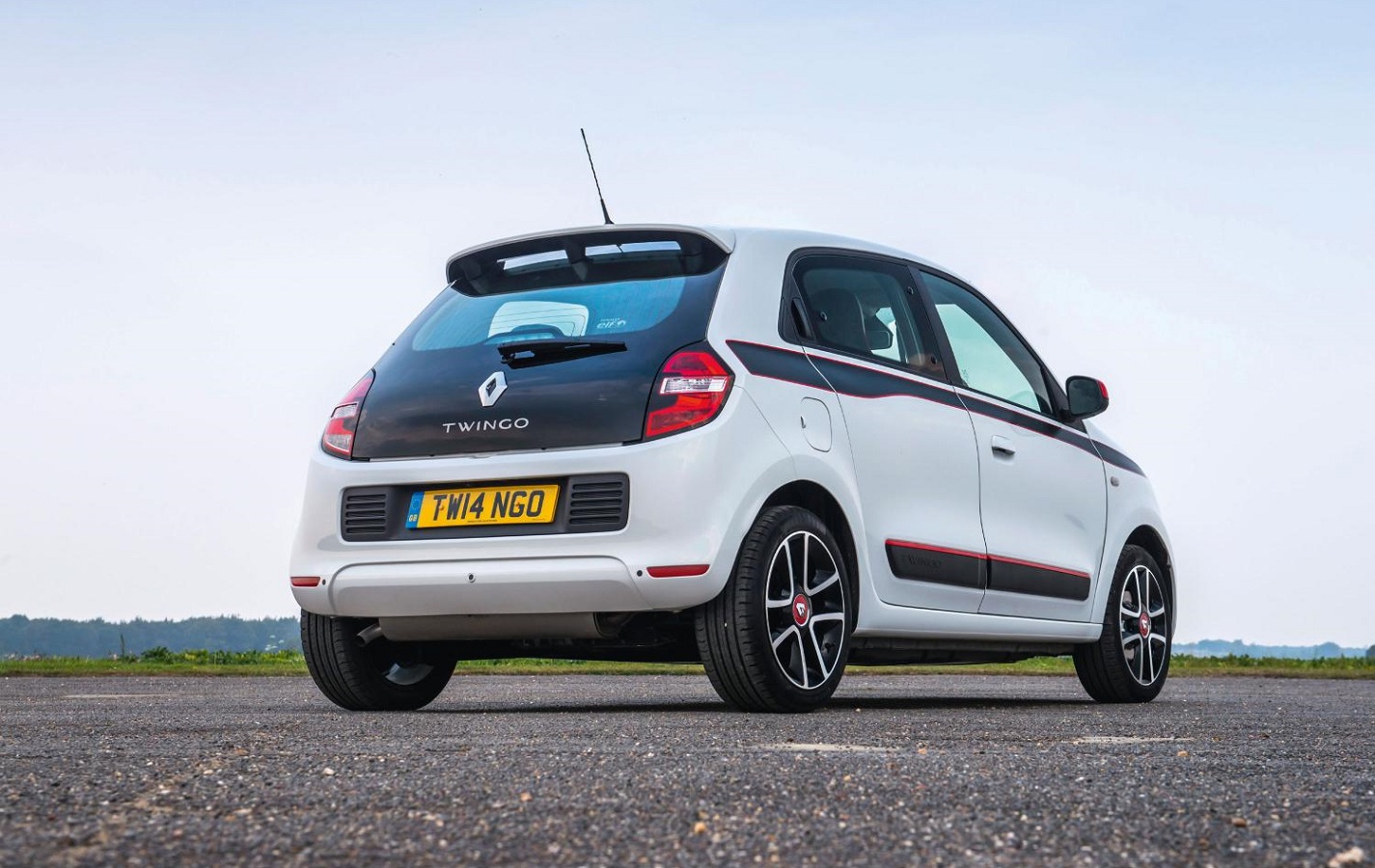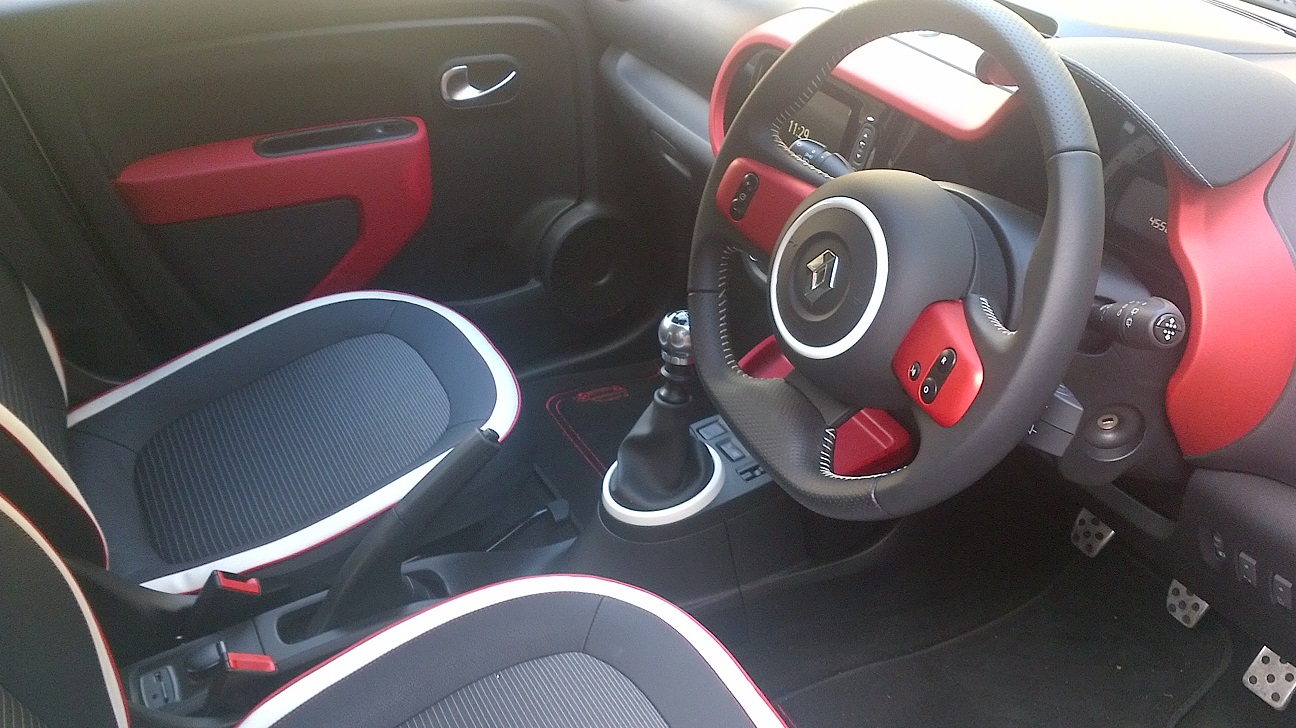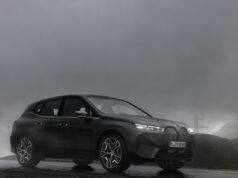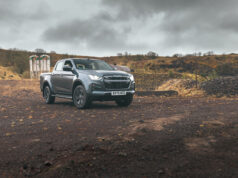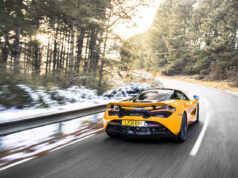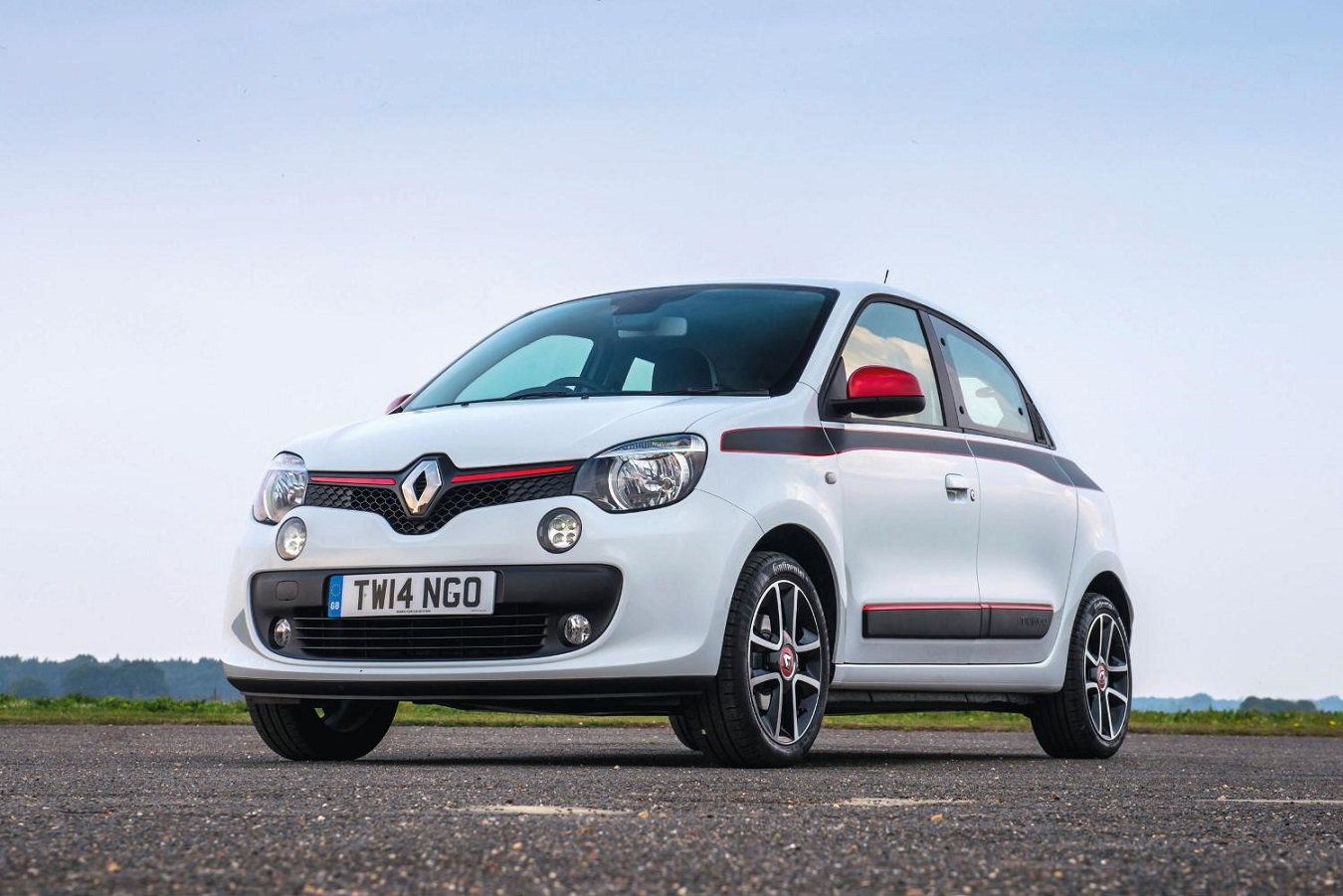
Quirky – that’s the word which sums up the Renault Twingo since it first appeared in 1992, following in the tyre tracks of the iconic Renault 5.
It was basic in the extreme with just one 1.2 litre engine, one trim level and a choice of only four colours, the result of a collaborative exercise between all the major carmakers in France and the French Government.
With a compact shape and vertical back end, the original Twingo, an amalgamation of the words “twist”, “swing” and “tango” (apparently), it was perfect for driving and parking around the city. But because it was designed to be simple and low-priced, Renault decided not to invest in the expensive re-engineering to create a right hand drive version.
So, despite huge interest on this side of the Channel, the car was only ever available as a left-hooker and became something of a rarity on British roads, appearing here only as personal imports.
Renault saw the potential though and came up with a second generation in 2007, but because of huge advances in safety regulations, about the only thing the same was the name. It was considerably larger for a start and had some creature comforts which were absent first time round. To meet the demand from the UK this one was engineered for both right and left hand drive.
It also came as a Renaultsport model with a lively 133hp, 1.6 litre engine which added to the fun factor.
In spite of that the updated model failed to generate the attention of the earlier one in the British market and it wouldn’t have been surprising if Renault cut their costs and focussed on the rest of the world instead.
But no, they came back with something even more radical to make the third generation just as quirky as the first.
Developed jointly with Daimler’s small car specialists, Smart, it has a small three cylinder rear-mounted engine, rear-wheel drive and five doors with a distinctive wheel-at-each-corner style, and has looks reminiscent of the Fiat 500.
There are other advantages to having the engine in the back. The car has a shorter front end making it easier to park and it also allows for a tighter best-in-class turning circle of only 8.59 metres, aided by front wheels which turn 45 degrees.
The potential downside is that you can lose boot space and the damaging consequences of being hit from behind, but both have been tackled by the engineers and designers. The engine is mounted at an angle of 49 degrees so that it does not intrude into the boot, and in a rear-end collision would pushed beneath the passenger cell.
There’s a remarkable amount of space. The rear seat-backs can be set in a ‘cargo’ position at 90° to increase the boot volume while still safely carrying two passengers in the back. The seats can be fully lowered and all versions have a folding front passenger seat as standard which means the cabin is long enough for a flat-pack IKEA book case or even a double bass.
Prices start at £9,995 for the Play SCe70 but the more powerful turbocharged TCe90 test car is good fun for a list price of £12,545, even if that makes it a touch more expensive than the alternatives from Skoda, VW and Hyundai.
On the road, there’s little to remind you the engine is at your back. Noise is left behind in the breeze and while it’s not the most perky engine around, it’s enough for the job in hand. The car feels reasonably lively and generally well balanced, thanks to some excellent work on the suspension. However, a blast along the M8 on a windy day was a pretty buffeting experience as it seemed to catch every gust, especially after overtaking heavy trucks. Clearly there’s been a lot of attention to weight saving, but on that experience I would have appreciated just a few extra kilos.
Outside styling is dramatic, especially with the white paint job, matt black decals, red highlighting and the nice set of alloys of the test car. It’s quite a looker and attracted admiring glances from fellow drivers at the lights as well as passing pedestrians.
Under the creased bonnet, which lifts off in a bit of a fiddly exercise, lies the maintenance essentials such as the windscreen washer bottle. The engine lies under the rear loadspace and the only indication of its presence is a warm floor. At the back end, wide shoulders stretching from the sides are a throwback to the Renault 5 Turbo and rear door handles built into the window frame make it look like a sporty two-door.
The interior is busy, especially on the Dynamique S TCe 90 test car which is embellished with the previously optional Sport Pack. This includes an aluminium pedal set, black part-leather upholstery with broad white and red piping and red highlights on the steering wheel, dash and door panels.
Connectivity is standard and pretty clever through the new smartphone-operated R & GO system. Thanks to the radio, a universal cradle and a free-to-download app, owners have access to a variety of navigation, telephone, multimedia and trip computer functions. The navigation is provided by CoPilot and the maps are downloaded onto the smartphone, meaning that drivers do not use up their data allowance while driving.
All in all, it’s a good looker, it’s clever and it’s quirky……which is just what a Twingo should be.
CAR: Renault Twingo Dynamique S Energy TCe 90 Stop&Start
PRICE: £12,545 (£13,165 as tested)
POWER: 898cc 3 cylinder
PERFORMANCE: Top speed 103 mph 0-62 mph 10.8 secs
MPG: 65 mpg combined
TT Rating:



